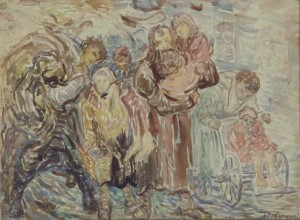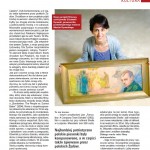Chasing Portraits is the story of one woman’s emotional quest to find the art of her Polish-Jewish great-grandfather, lost during World War II. Read more…
The book will be published September 6 from Penguin Random House and is available for pre-order from your favorite bookseller!


























